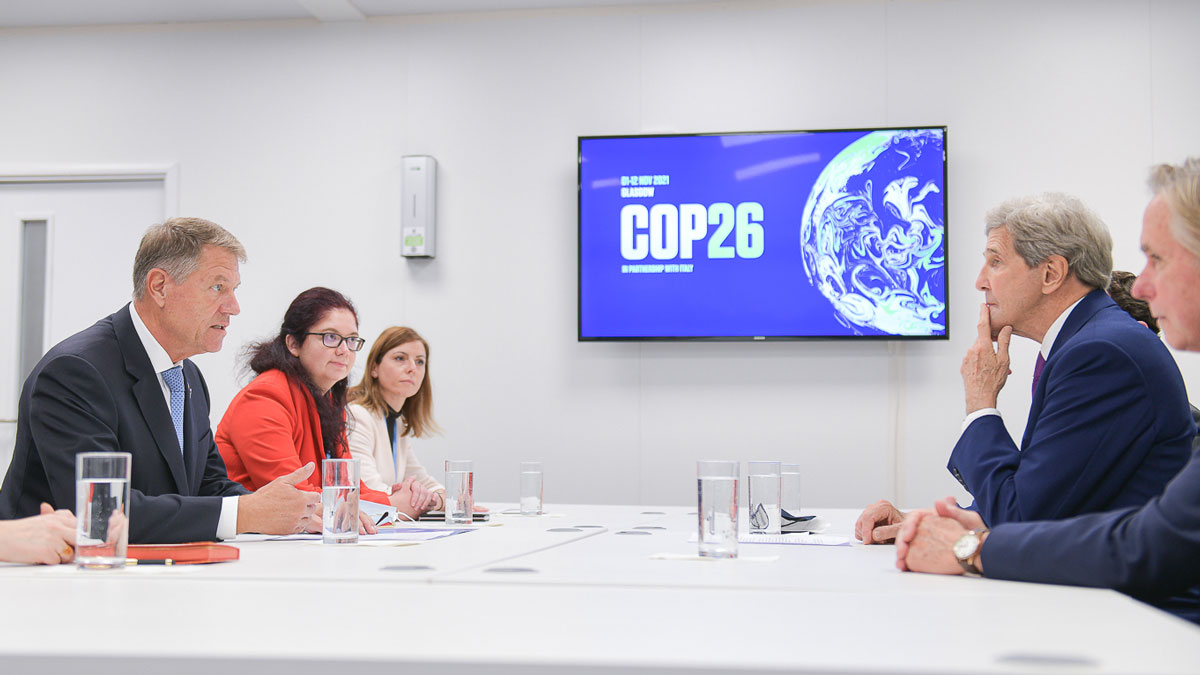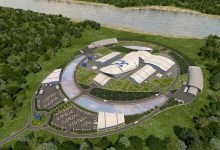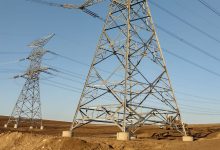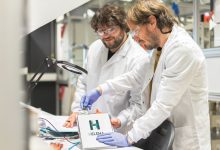Romania to Build First-of-a-Kind U.S. SMR Plant to Address the Climate Crisis
Special Presidential Envoy for Climate John Kerry and Romanian President Klaus Iohannis announced Romania’s Intent to Build First-of-a-Kind U.S. Small Modular Reactor (SMR) plant to Address the Climate Crisis.
According to U.S. Department of State: “By deploying U.S. innovative clean technology first, Romania is taking an initial step—but a huge technological leap—in advancing climate action and clean energy access throughout a critical part of Europe and the world. This multi-billion-dollar effort showcases U.S. ingenuity, creates thousands of jobs in both countries, strengthens European energy security, supports the highest standards for nuclear safety, security, and nonproliferation, and, importantly, addresses the climate crisis with clean power.
This pioneering initial step by Romania will build significant momentum for reducing emissions across Europe. With 30 coal power plants in the region, including seven in Romania, SMRs are ideally suited to replace this baseload power and employ many of the same workforce. We are excited about this partnership with Romania in advancing emerging clean technologies.”
Many countries are identifying nuclear energy as a key component of their climate plans. SMRs offer lower costs, scalability, and flexibility, and are easily integrated with other clean energy sources.
U.S.-Romania cooperation on Small Modular Reactors: main points
- This announcement represents a significant breakthrough for bringing emerging nuclear technologies to bear on the climate crisis. It showcases first-of-a-kind U.S. technology, creates thousands of jobs, strengthens European energy security, and addresses the climate crisis head-on.
- This commitment by Romania allows for U.S. ingenuity on nuclear advancement to be brought to a critical part of Europe possibly two years prior than anywhere else in the world. Romania is now a leader and model for others in the region and its commitment to combatting climate change – while utilizing U.S. technology – underscores the strength of the U.S.-Romania bilateral partnership.
- SMRs offer lower costs, scalability and flexibility, and the ability to complement other clean energy sources. They use very little land space, can be deployed to match the specific needs of a country’s power grid, and can scale-up quickly as demand dictates.
- SMRs can play a critical role in decarbonizing hard-to-abate sectors beyond power generation. For example, nuclear energy can be used for clean hydrogen production, industrial process heat, and desalinated water to meet decarbonization goals, air quality standards, and clean water needs.
- SMRs are ideally suited to replacing coal plants. SMRs retain the coal power plant workforce, as many positions are directly transferable from coal to nuclear, require minimal cross-training, and have greater economic impact.
- Financing the development of clean technology, including nuclear power, will determine our success in decarbonization. To that end, we hope that the European Union will respond to the overwhelming demand of its member states to include nuclear energy in its sustainable finance taxonomy.
- As the precipitous increase in European energy prices has shown, energy security is critical to national security. Climate change, in part, has driven this current energy crisis. Current high energy prices highlight the need to reduce demand for fossil fuels, develop and deploy diverse carbon-free capacity, and accelerate the clean energy transition.
- This announcement builds upon the U.S.-Romania Intergovernmental Agreement for cooperation on Romania’s nuclear power program (IGA) that was signed in December 2020, cementing a multi-decade relationship on civil nuclear advancement.
Energy innovation
- Dozens of SMRs are being developed worldwide, but none have been licensed or built yet. NuScale is currently the only SMR to receive U.S. Nuclear Regulatory Commission design certification.
- Through this initiative, the first NuScale power module is expected be built by 2027 and the full 6-module plant is expected to be complete by 2028. This is two years before it is scheduled to be deployed in the United States.
U.S. Support to Romania for reactor
Romania is set to receive over $2 million in U.S. technical assistance to advance its goals to become an SMR educational and training hub in the region. The assistance covers cooperation on establishing an SMR simulator at one of its premier universities and support for an SMR siting study, a reverse trade mission, and an SMR regulations workshop series.
The Export–Import Bank of the United States (EXIM) signed a Memorandum of Understanding with Romania agreeing to explore and identify options to potentially use EXIM financing in a total aggregate amount of up to $7 billion.
U.S. Small Modular Reactors: key facts
The United States is developing advanced nuclear power plants that are 300 MWe or smaller and offer the potential for lower upfront costs, greater scalability, and siting flexibility. U.S. vendors of light water-cooled SMR’s include NuScale, Holtec, Westinghouse, and GE-Hitachi. Key benefits of U.S. technologies include:
Proven technology: Most SMRs are based on light water reactor technology that has a proven track record of over 60 years. By using existing technologies, SMRs reduce first-of-a-kind engineering. SMRs are already commercially available – the U.S. Nuclear Regulatory Commission (NRC) has already given design certification approval for its first SMR design by NuScale.
Modularity: Modules are factory built and can be delivered by truck or rail to the site in ready-to-install form.
Greater flexibility: Modules enable utilities to correctly size their power plants for current needs, then add capacity as necessary. SMRs can be coupled with other energy sources, e.g., renewables and fossil energy, and industrial processes to produce higher efficiencies and grid stability. SMRs can provide power for applications at sites that lack the infrastructure to support larger units and replace retired fossil plants at current brownfield sites.
Lower cost and faster to build: Off-site fabrication and assembly reduces construction costs and duration. Simple design eliminates many of the large and complex systems, such as coolant pumps, external steam generator vessels, and large-bore reactor coolant piping.
Safer: Most SMRs will be built substantially below ground, enhancing safety and security. The reactor operates using natural circulation; hence, no pumps are needed. It safely shuts down and self-cools, indefinitely, with no operator action, no AC or DC power, and no additional water.
U.S. Department of Energy activities: Under an agreement with DOE, NuScale has received over $450M in matching funds to support the accelerated development of its technology and a design certification approval from the U.S. Nuclear Regulatory Commission (NRC). NuScale received design certification approval in September 2020. The first NuScale plant is to be built in the United States and SMR site permitting and licensing efforts are also being supported by DOE at two electricity providers: the Tennessee Valley Authority has submitted an Early Site Permit application to the NRC with the intention to deploy an SMR and the Utah Associated Municipal Power Systems is pursuing a license in support of construction of a NuScale SMR at Idaho National Laboratory by 2029.
U.S. SMR applications: U.S. designs support a wide range of energy applications and allow for a high degree of flexibility. In addition to electricity on the grid, they can provide thermal and/or electrical power for desalination, hydrogen production, and other industrial applications. Their scalability makes the technology ideally suited as a replacement for retiring coal-fired plants and their ability to load-follow allows for expanded deployment of renewables without relying on fossil fuels to provide backup.







